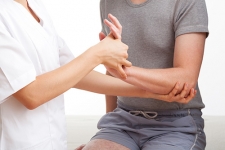Exercising Outside for Beginners
When the weather is nice outside, you probably want to say goodbye to the indoor equipment at the gym and do an outdoor workout. Exercising outside might not seem that hard, but there are a few things you will want to keep in mind so you can have a safe, fun, and productive workout.










